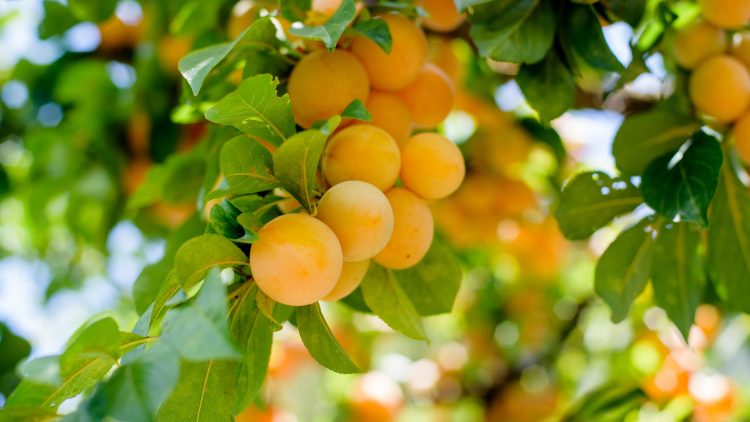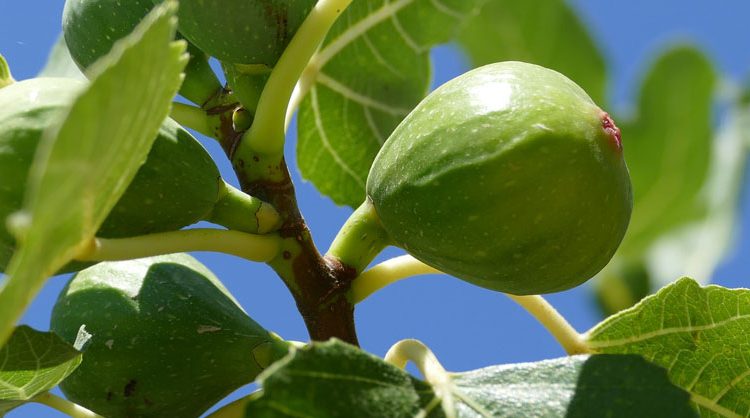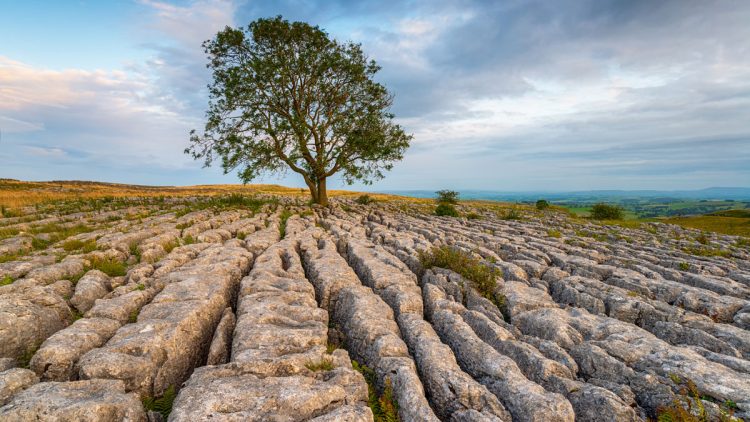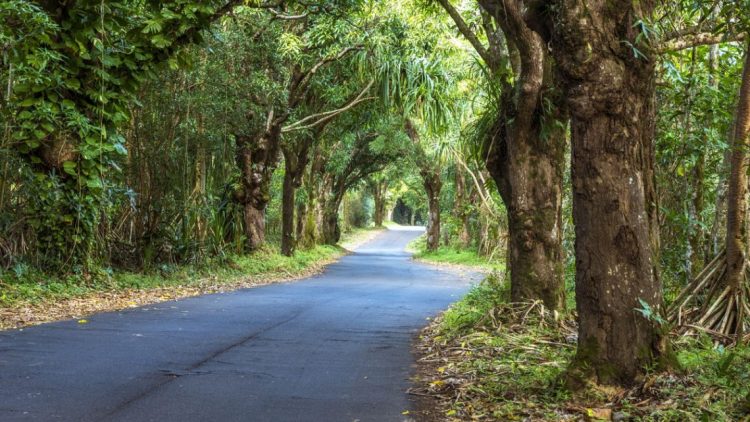When to Trim Fruit Trees A Yearly Pruning Calendar for Phoenix, AZ
When to Trim Fruit Trees
A Yearly Pruning Calendar for Phoenix, AZ
GET A FREE ESTIMATE TODAY!
One of the best things you can do for your fruit trees in the Phoenix area is to prune them at the right time. Our desert climate is significantly different from cooler areas, so trimming trees at the incorrect time might stress them, lower their fruit yield, or even cause sunburn damage. This tutorial tells you when to trim fruit trees in Phoenix, AZ, and why the timing is important.
January to February:
Most deciduous fruit trees in Phoenix, like peach, plum, apricot, apple, pear, and fig, should be pruned in late winter.
Trees aren’t growing during dormancy, which makes it simpler to see their structure and cut off dead, crossed, or weak branches. Pruning in the winter helps plants grow stronger in the spring and make more fruit.
The best time to do substantial structural pruning is when the weather is warm. ✔Shape young trees and thin out crowded canopies. Don’t prune when there is a heavy frost, which is rare but probable.
March to April:
When trees start to bloom and grow leaves, they shouldn’t be cut back too much.
At this point, you should only be taking out wood that is damaged, sick, or visibly dead. Heavy trimming now can lower the number of fruit that trees set and stress them as the weather becomes warmer.
Remove branches that are broken Stay away from big cuts.
May to June:
In Phoenix, you have to be careful when you prune in early summer.
Pruning too much at this time of year puts branches in direct sunlight, which makes them more likely to get sunburned and have their bark damaged. If you need to prune, only make short cuts to fix problems and don’t take away a lot of canopy.
Only minor pruning to fix things No extensive contouring or thinning
July to August:
Do not prune from July to August.
In Phoenix, this is the worst time to cut back on fruit trees.
Extreme heat puts a lot of stress on trees, and cutting them during this time can cause sunscald, dehydration, pest infestation, and even death.
Don’t prune anything unless the branches are broken or harmful.
September to October:
Light pruning can start up again after the fruit is picked and the weather starts to chill down a bit.
Now is an excellent time to get rid of dead wood, water sprouts, or branches that were broken during monsoon rains. Don’t do a lot of structural trimming, and keep cuts to a minimum.
Picking up after a storm and light thinning if needed.
November to December:
It’s better to inspect and plan in late fall than to do a lot of pruning.
You may get trees ready for winter trimming by cutting off dead or sick branches. Waiting until full dormancy makes things less stressful and helps things recover better in the spring.
Take out dead wood and make a plan for pruning in the winter.
PHOENIX AREA TREE PRUNING SERVICE
If you would like some help maintaining your trees in the Valley of the Sun our technicians are highly trained to take care of your trees the right way, and keep your property safe. When larger limbs and branches need to be removed it can be tricky and dangerous without the right training and safety equipment. Let us take care of your fruit trees the right way to get the best growth, fruit production, and take the guess work out of the job. For service simply call 480-962-0701.








